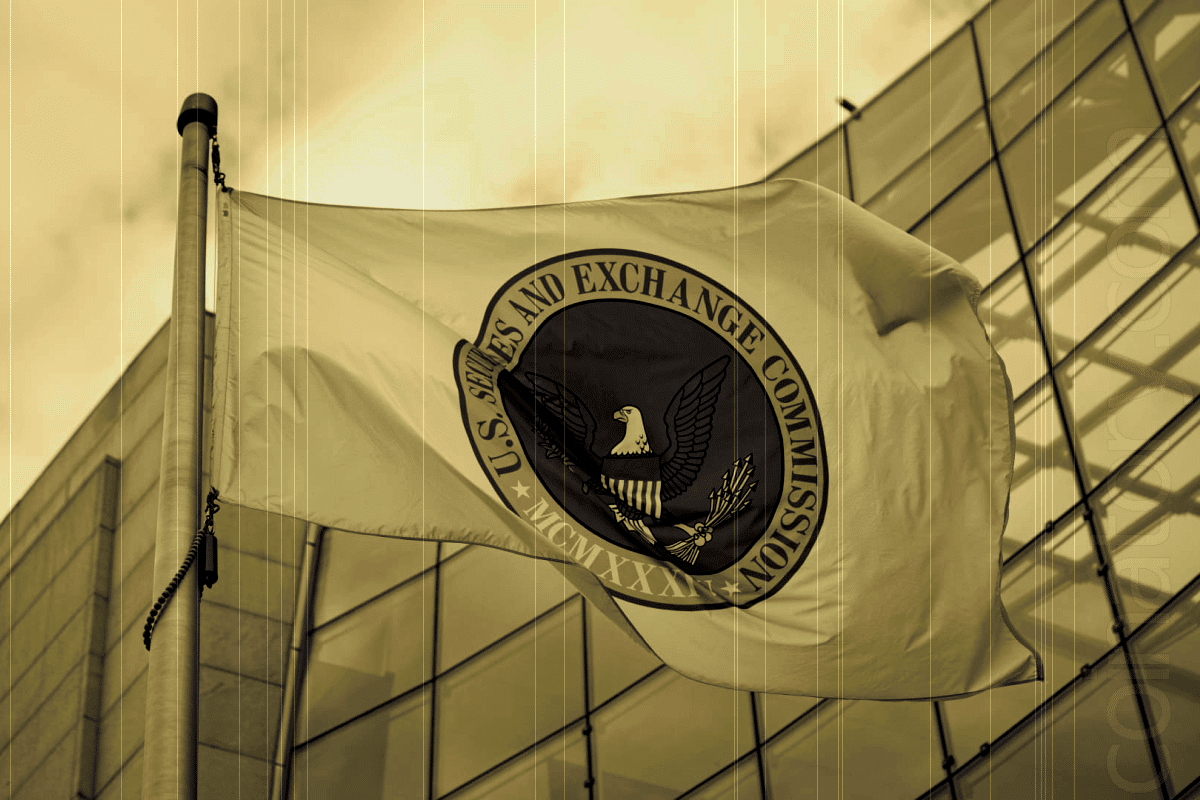
The U.S. Securities and Exchange Commission (SEC) has announced that certain types of stablecoins, known as “Covered Stablecoins,” are not subject to federal securities regulations. This decision is expected to have a substantial effect on the regulatory environment around digital assets.
The SEC’s Division of Corporation Finance made the announcement, which highlights the agency’s ongoing attempts to clarify how federal securities rules apply to cryptocurrency assets. “Covered Stablecoins” are defined by the division as digital currencies that are redeemable in equivalent USD value and maintain a precise 1:1 peg to the US currency.
Importantly, these stablecoins are backed by liquid, low-risk funds. Emphasizing the asset-backed stability necessary for exclusion from securities classification, the reserves must equal or surpass the redemption value of every token in circulation.
Notably, this explanation leaves out other kinds of stablecoins, such yield-producing or algorithmic versions. Additionally, stablecoins that are based on assets other than the US dollar are not covered by this advice.
Tether (USDT) and USD Coin (USDC) are now the two most popular USD-backed stablecoins in use. For what the SEC now refers to as “Covered Stablecoins,” these assets act as standards.
These stablecoins do not fit the definition of a “investment contract” under Section 2(a)(1) of the Securities Act of 1933, according to the SEC’s opinion. The division emphasized that buyers of Covered Stablecoins are not necessarily speculative or investment-driven, nor do they expect to make money from their holdings.
According to the statement, “under the conditions outlined, the offer and sale of Covered Stablecoins do not constitute securities offerings and, therefore, do not require registration with the Commission.”
The SEC went on to clarify issuer obligations by stating that the money raised from the sale of these stablecoins is only utilized to finance the reserves that each one has. Additionally, these tokens’ minting and redemption procedures are not subject to federal securities registration, providing issuers with a more transparent regulatory approach.
This action reflects rising efforts by U.S. regulators to define regulatory borders in an increasingly complex crypto ecosystem and represents a crucial distinction in the management of stablecoins.







